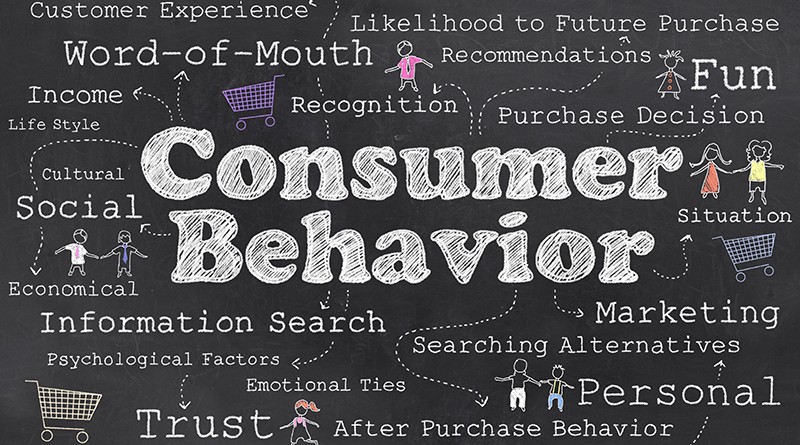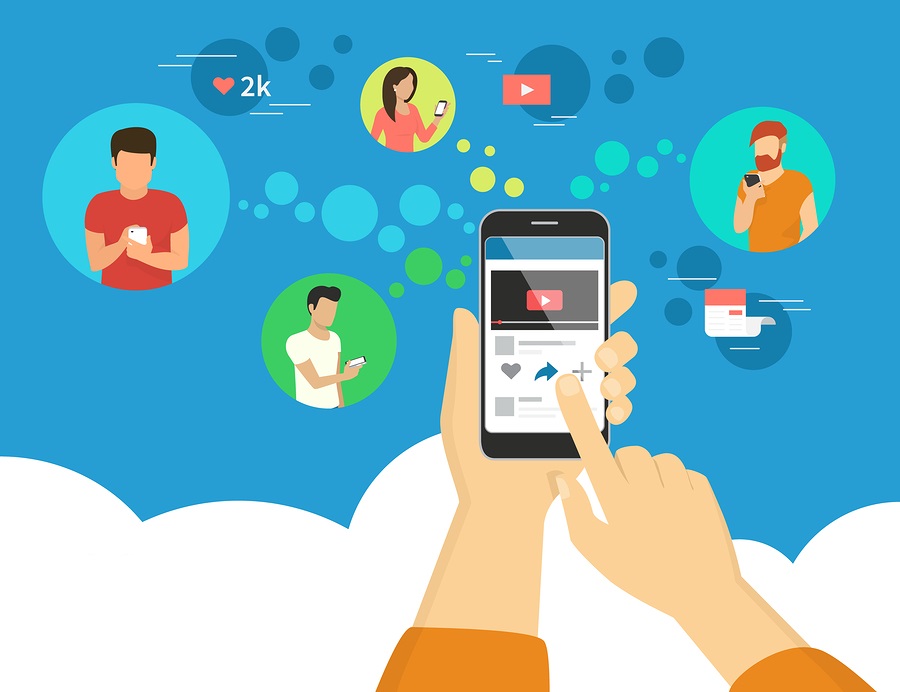2020 has been a wild ride. The COVID-19 pandemic showed businesses the stark reality that if you don’t plan for contingencies during periods of stability, you will regret it during a crisis.
In particular, many B2B companies are still rethinking their marketing processes, while some have successfully adapted to the situation. Those that have failed are considering two options. Either they are waiting for the pandemic to end, or are having a hard time breaking even.
As of this writing, we’re almost about to enter Q4 and looking forward to the next year.
Businesses need to iterate at every level to stay ahead of the competition.
But the question is: how can we combine content, sales channels, customer interactions in an optimized manner? How can we leverage it effectively to engage and convert effectively? What’s the best balance?
The pandemic that began in Q1 of 2020 is about to enter its fourth quarter. What was once a landscape of uncertainty is now home to lots of data and case studies on performing optimally during a pandemic.
Utilizing this data can help us plan for both Q4 and 2021. It’s high time we move forward and try to improve our business performance during the coronavirus.
What should you, the B2B marketer, consider for the next year? Well, in this article, we’ll outline some of the B2B marketing game-changers for 2021.
So, let’s begin with the first one.
There is No Replacing Content

Two and half decades ago, Bill Gates coined the words “content is king.” Since then, the term has been just as important as it was 24 years ago!
Content is important; there is nothing new about that fact. But the digital landscape has evolved significantly in the past couple of years. Content has changed the landscape in such a manner that it has indeed become the king.
The future of the digital world, pandemic or no pandemic, revolves around bespoke content creation.
Human beings are curious by their very nature. They ask questions, and they want answers. This curiosity will be the status-quo as long as human beings exist.
To satisfy that curiosity, Google constantly rolls out new updates. The end-goal to these updates always revolves around satisfying user-queries and adding value to the user experience.
Gone are the days when you could rank your website’s content based on minor SEO factors. While they play an essential role in the process, there is no beating the majesty of content in providing useful and thorough information to end-users.
In 2021, what can change, however, is the way the companies use B2B content.
Content has been the core of a B2B marketing plan in the past and the present. Its primary goal is to add value, address pain points, attract prospects, and convert them into customers.
In the future, it is expected that content is going to be a major part of the sales process as well.
You don’t have to look far beyond content’s ability to “address pain points.” A major part of the sales process is driven by answering customer queries and steering the lead towards becoming a customer.
Take the concept of “Frequently Asked Questions” or “Knowledge Base Articles.” They are present to essentially provide new users with issues that have already been resolved. In the case of Knowledge-Based articles, it’s meant to provide users with knowledge regarding a product or service.
Now, content can take various forms, and each one can be an essential part of your sales process. It could be written content, infographics, videos, e-books, and more. So, while content requirements have changed, it doesn’t necessarily mean that it’s not “king.”
Targeted and Personalized Advertisements

The best part about content is that it can be personalized to cater to specific audiences and users.
But it’s easier said than done. You need to maintain a balance. Personalize it a bit too much, and you can often “get into the faces,” so to speak, of the audience. On the other hand, if you make it a bit too bland, you end up with unappealing and vague content.
Now, how can you create content that’s personalized to cater to all sorts of audiences? Well, the answer to that lies in targeted advertisements.
You might have seen display ads all over the internet, or have you? We have a reason to ask that question. In 2020, it was noted that many users have developed “banner blindness.” It means that we don’t notice ads while we’re browsing the internet. You could even say that ads are on their way out.
But wait! All is not lost. While general ads are mostly ignored, you can’t say the same for targeted ads.
As the name implies, these ads are highly user-centric; tailored to accommodate a buyers’ journey and showcase their problem. It is based entirely on a users’ content engagement history.
For example, a user is trying to purchases a scalable CRM solution. The user has scoured the internet and evaluated different options. If you’re trying to sell such a solution, you can tailor your advertisement for that particular user.
In the coming years, targeted ads are the way forward. You can utilize the data available – browsing history, location, age, among other demographics – and tailor your ads around them for the best results.
Voice search

With the recent advent of tools like Google Home, Sonos One, Alexa, and Amazon Echo, there is an encouraging move towards voice search.
Even if you don’t own the devices mentioned, you don’t have to look far beyond YouTube’s voice search to understand its efficacy. Google, with its BERT update, is also moving away from the textual to the conversational.
Similar to how the B2B eCommerce user-experience changed because B2B buyers wanted the same experience for B2B as they received in a B2C store, it can be assumed that B2B voice search will become a “thing” when it’s very much a part of B2C.
Voice search is expanding and is set to expand even further in 2021 and beyond. It prompts one to ask, “how can I optimize my store for voice search”?
It’s a bit tricky to optimize it, but it’s not impossible. If your content is already conversational in style, you’re already halfway there. Even with such a style, unless you’re optimizing for words people ask in voice search engines, it’s difficult to rank content based on it.
At the very basic level, if you’re writing content based on actual conversational questions, there is a chance that it can come up in voice search.
Customer Behavioral Changes

As the digital landscape evolves, so do the customers; there is nothing new about that.
But here’s the thing: 2020 has changed the way companies think about their business processes. With the whole world on lockdown, sales, lead generation, retargeting, customer interactions, among other approaches, are now being conducted online.
Everything being online, that’s the keyword in the COVID business scenario. Right now, B2B businesses are altering their strategies to be as internet-savvy as possible.
While the B2B demographic has indeed changed with such a shift, B2B marketers will be expected to face a new challenge. Millennials and Generation Z are elusive, and it gets really hard to manage their expectations.
It’s not to say that these generations are spoiled or entitled, far from it. They are the proverbial children of the internet, and more than anything, they expect high-end user experiences.
Marketing for such a user-base will involve influencer marketing, well-designed video content, and even signing up for platforms like Snapchat.
Social Media Is Going Downhill

Whether it be a security concern or a general dislike, people are slowly moving away from social media platforms.
Facebook, Twitter, Skype are expected to be one day what MySpace is today. The younger generation is slowly moving away from the platform.
In the past couple of years, Facebook users among 12-34 years old’s have faced a 17% decline. No matter the factors involved that prompted users to abandon these platforms, they are slowly moving towards obscurity.
A similar case can be applied for Skype, who lost an 8-year lead to Zoom in just the first three quarters of 2020. Because of the loss in user-base that it’s endured, Skype is set to disband in July 2021.
Skype’s case is the starkest reminder that if a business cannot adapt, it can lose its position in the market pretty quickly.
With these companies losing their popularity, what else is left? Well, social channels like YouTube, LinkedIn, and Instagram are expected to rise soon. B2B marketers must keep a sharp eye out for these channels to compete in the future.
Conclusion:
With the current socio-economic situation, there is no saying what the market will evolve in the future. For example, TikTok is now banned in the United States, with Instagram releasing a similar product called Reels. Before that, it was estimated that TikTok would have been a major marketing tool for companies had it kept operating in the US.
As discussed in the introduction for this article, 2020 has been all about changes. Those who fail to adapt can face significant problems in the future.
For prospective entrepreneurs looking to enter into the B2B market, you need to consider eCommerce platforms. WooCommerce B2B is a powerful B2B eCommerce platform built on WooCommerce with everything you need to create a bespoke B2B eCommerce website.
Read Also
